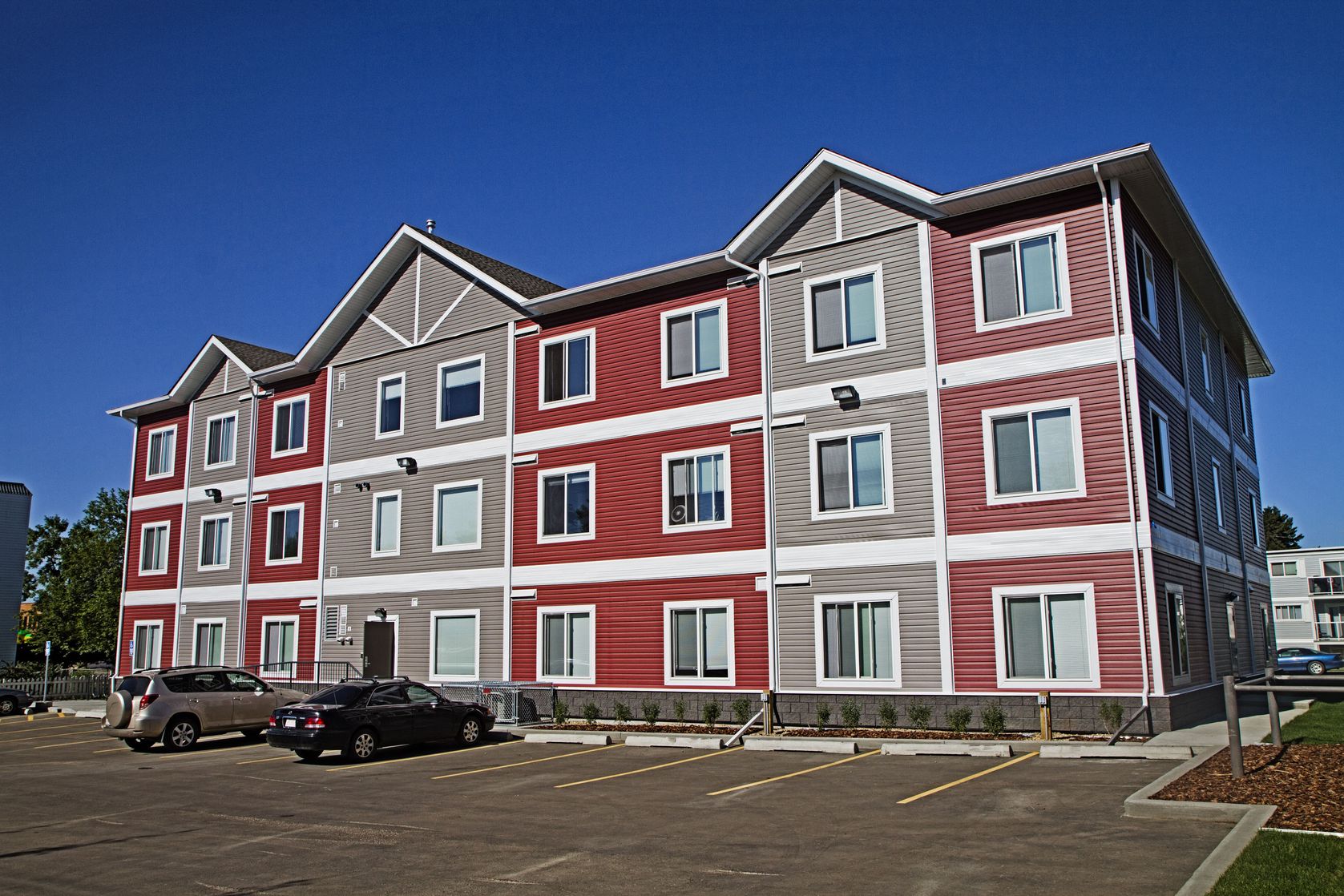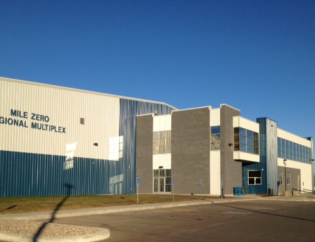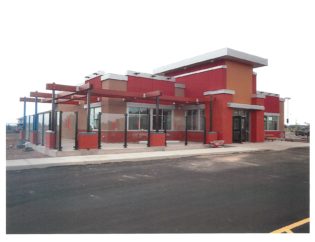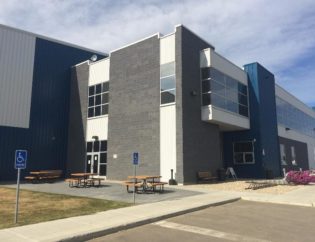
Modular construction is an off-site construction process that constructs building components (modules) in controlled plant conditions. Modular buildings are often design-built in Alberta construction for work camps and homes, but they can come in all shapes and sizes; there are many creative ways to use modular construction and, by nature, it’s better for the environment. Add to those benefits that modular construction offers accelerated project schedules, superior quality standards, and cost savings, and the building method will continue to grow in popularity. In Alberta, modular construction is particularly suitable for schools, dorms, hospitals, offices, hotels, and retail outlets and, as noted before, its sustainable nature makes it perfectly suited for LEED® and Green Globes construction.
While construction trends show that modular building is still slow to gain market share, this is largely due to its “slow-to-evolve nature.” As more companies utilize the building method, the modular industry should grow – “there is a lot of room for advancement.” Builders see the value and the benefits of modular construction and continue to promote its use, but owners are a bit slower to come around – largely due to the misconception that modular doesn’t look as good as conventional construction.
Last year, however, high profile modular projects like New York city’s 461 Dean and Oklahoma’s AC Hotel have shown the world what modular construction is capable of: beautiful structures that build quickly and efficiently. As more and more owners take on this method for their projects, the more it will grow. But, “owners are also coming around to the fact that modular construction can look just as good as onsite construction and be completed in a shorter amount of time and for less money.”
According to industry experts, one of the reasons that modular construction is slow to gain momentum is because they require builder involvement earlier in the process; modular construction offers more project certainty and less waste, but these projects require planning much earlier in the process than traditional construction methods. As a result, modular is best employed using a design-build method that involves the builder from the design’s outset.
While Trump’s administration creates some uncertainty in the construction industry as a whole, the state of modular construction is looking promising for 2017: “the Modular Building Institute estimates that modular construction holds about 3% of the market share of new construction and expects it to grow to 5% by 2020.”










